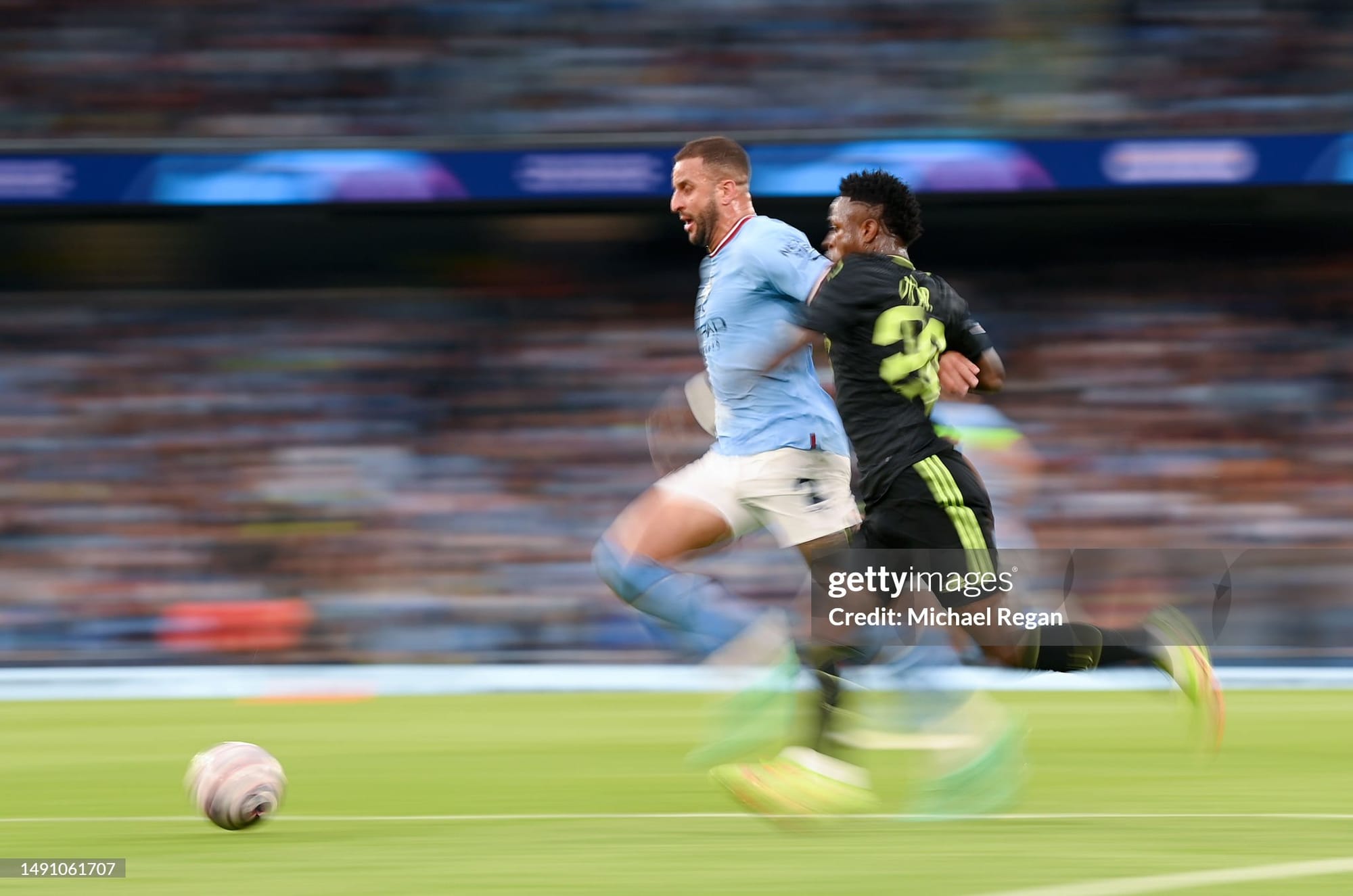What Can Scouts Learn from Crawling Plants?
How a hypothetical observation of crawling plants can help up develop and affirm scouting paradigms.

It has become absolutely pertinent that I write and publish everyday this summer. No matter how scanty. No matter the worry. No matter what.
My dear reader (and even dearer subscribers), Keep me accountable.
Targets for this Piece
Language is powerful. In an earlier essay on my Substack, I write:
'Language is a tool, a way of thinking, [our] means of piecing the world together.'
So, you must understand why I have spent the past few weeks musing about the distinction between a tendency, a preference, and an appearance when scouting. In other words, what does it (or should it) mean when I say a player 'tends to' vs ''likes to' vs 'appears to.'
I finally have an analogy to share, and it involves crawling plants.

The Analogy
Here's the setting.
Your neighbor in the house next-door is seemingly in possession of a crawling plant.
From your side of the fence, You can see its sprawling stems begin to race up the wall.
You are tasked with identifying what kind of plant it is and, because the walls and frame of your house are not identical to your neighbors, deducing how it might take form should you plant it.
While observing a crawling plant:
- "Appears to" reflects an external perception or a surface-level observation, like someone walking by and seeing the plant, without deeper understanding of its tendencies or preferences. Your first take.
- "Tends to" refers to general behavior or patterns that are observed under specific circumstances, like a crawling plant that grows toward any nearby surface. What if there was none?
- "Likes to" suggests a preference, implying more intentional behavior, such as a plant growing towards surfaces that provide the most sunlight—indicating a choice based on optimal conditions.
While observing a player:
- "Appears to" could refer to initial impressions or superficial observations made without the depth of analysis or understanding that might come from more detailed study or personal knowledge. Your first take.
- "Tends to" describes a player's behavior that is generally known or expected based on their public or professional profile and/or the specific environment they've played in.
- "Likes to" suggests a deeper understanding of a player's personal preferences, possibly derived from interviews or detailed profiling, which goes beyond mere observation and includes insights into their choices or inclinations.
The distinction, made clear by this analogy, is what I allude to in last week's article Avoiding the description Trap, where I write:
[Take]: "X player likes to step off his line."
[Response]: "Do they 'like to' (as in a preference) or is it a feature of the system they play in?"

Another excerpt from the essay I referenced at the start of this piece:
Sometimes, an idea seems so convoluted when you think about it. You write it down, allow it to marinate, and it’s embarrassing how simple or actionable it seems. This is the case as I re-read and annotate this section. It’s a good sign though, is it not?
What Next?
If you enjoyed this, consider subscribing to BallerzBantz, following us on Twitter, and sharing this with someone. We're publishing one bite-sized analysis + solution daily. By subscribing, you will receive one synopsis each week.
Join us to stay ahead and contribute to this burgeoning community.
Who is the Writer?
Joel A. Adejola is an undergraduate at the University of Kansas (KU), studying Engineering and Philosophy.




